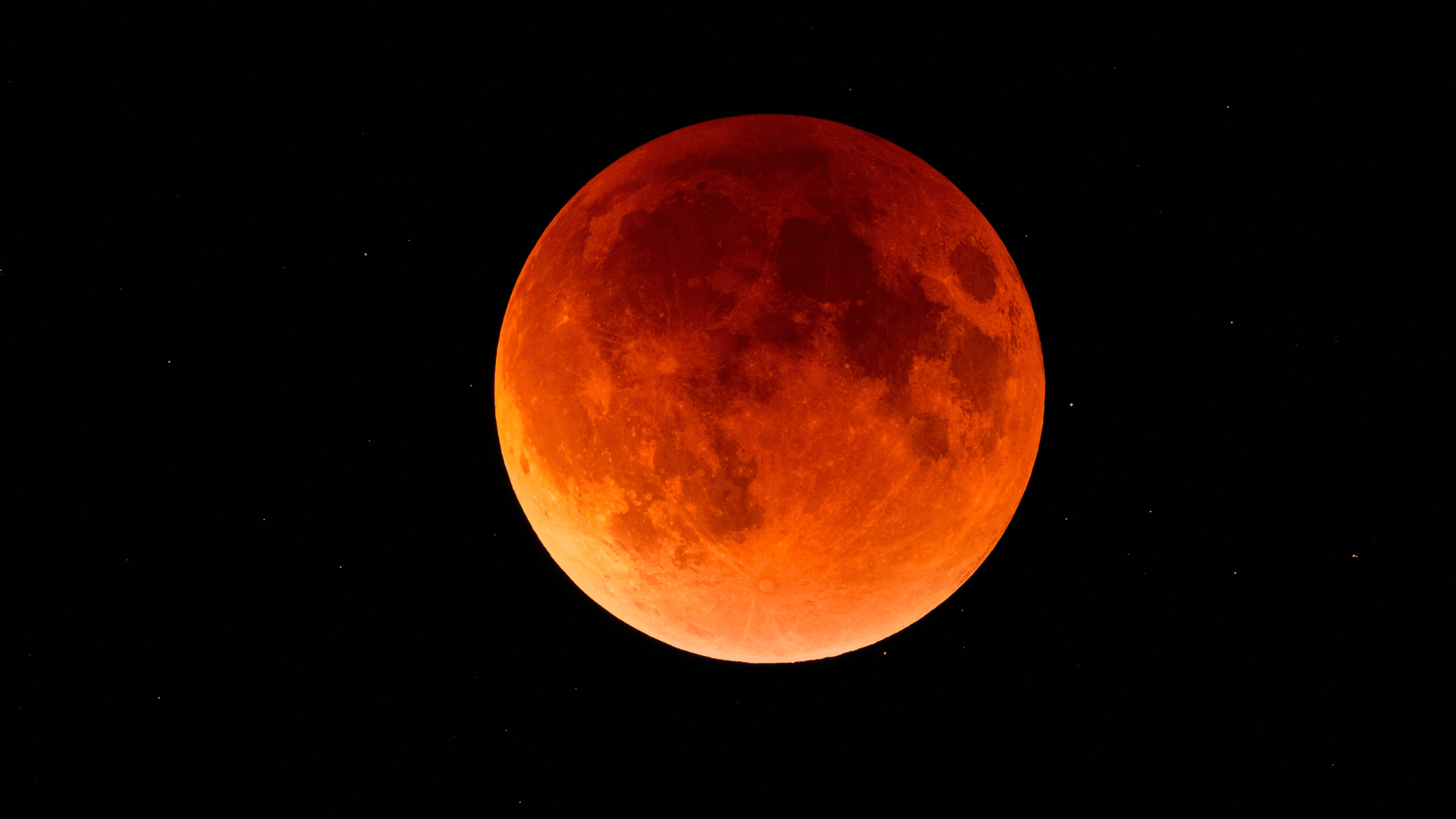Approximately 85% of the world’s population will be able to see the total lunar eclipse and ‘blood moon’ in the sky on Sunday night. Though North America will have to wait until March 3, 2026, to spot the next lunar phenomenon, several countries around the world will be able to view the event, which will last for around 5 hours and 27 minutes.
Who Can See the Blood Moon Lunar Eclipse?

According to TimeandDate.com, the following regions will be able to see parts of the event:
- Asia
- Europe
- Australia
- Africa
- Western Parts of North America (Alaska)
- The Pacific Ocean
- Eastern Parts of South America
- The Atlantic Ocean
- Antarctica
- The Indian Ocean
- The Arctic
What Happens?
During a total lunar eclipse, Earth is aligned between the moon and the sun. The moon appears darker as Earth’s shadow blocks the Sun’s light, and the Earth’s sunrises and sunsets can give the moon a reddish hue.
According to USA Today, it takes approximately 5 ½ hours for Earth to pass in front of the moon. The totality phase, or the phase in which Earth’s shadow will fully cover the moon, is predicted to last approximately 83 minutes.
Before and after totality, the Moon passes through two other phases, according to the BBC.
The first is the penumbral lunar eclipse, where the Moon travels through the outer part of Earth’s shadow, resulting in a faint dimming. The second is a partial lunar eclipse, when only a portion of the Moon passes into Earth’s shadow, creating a visible dark segment.
During Sunday’s event, Earth’s shadow will cover the moon’s surface at the center of the umbra, or the innermost part of the shadow. According to NASA, the moon will enter Earth’s umbra and penumbra (the lighter outer shadow) during this time.
When is the Next Lunar Eclipse?
Though North America will be missing the phenomenon this year, we will see a lunar phenomenon beginning early next year. From 2025 to 2030, there will be 13 lunar eclipses. Among those eclipses, eight will be visible in the United States.







